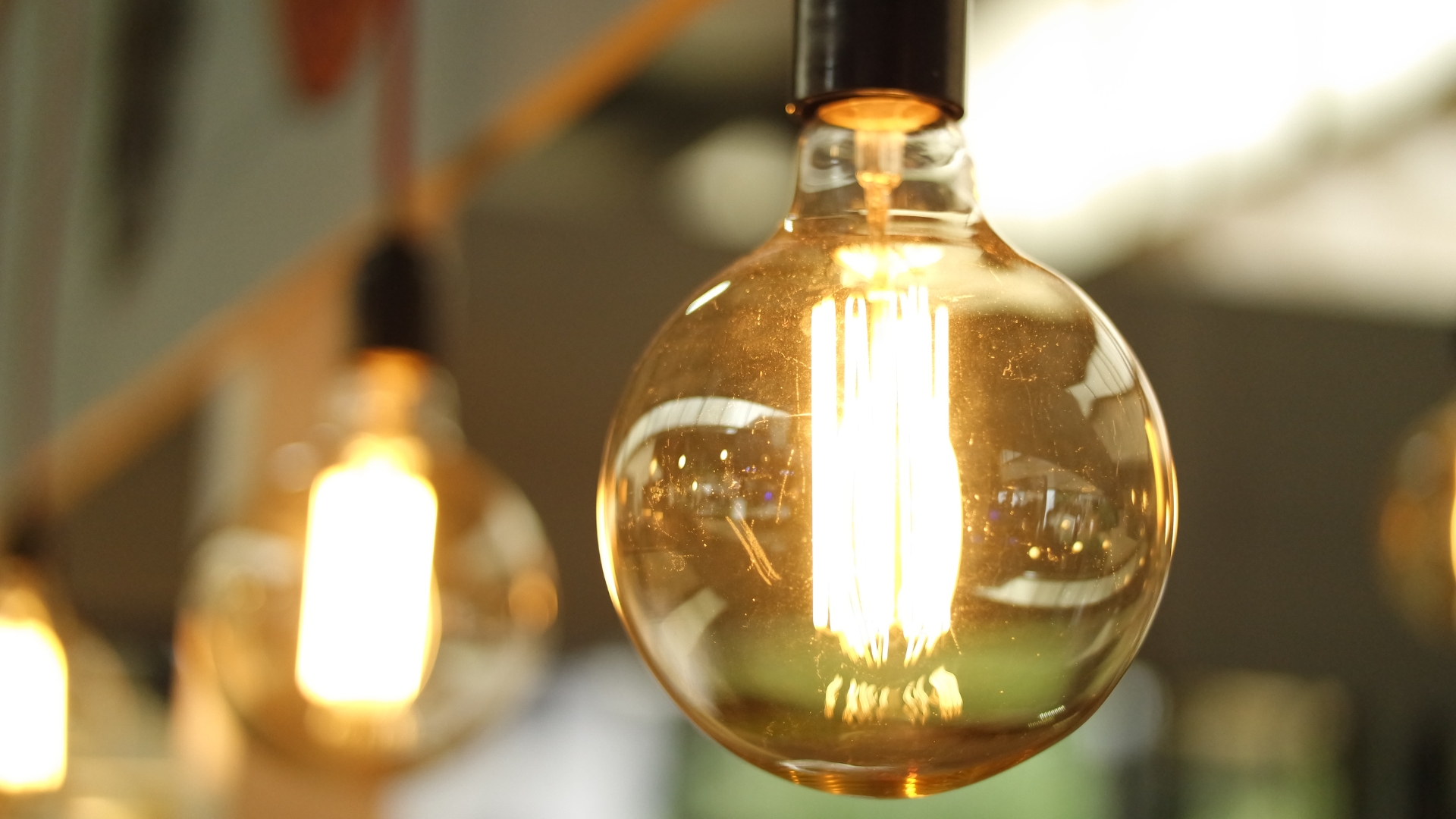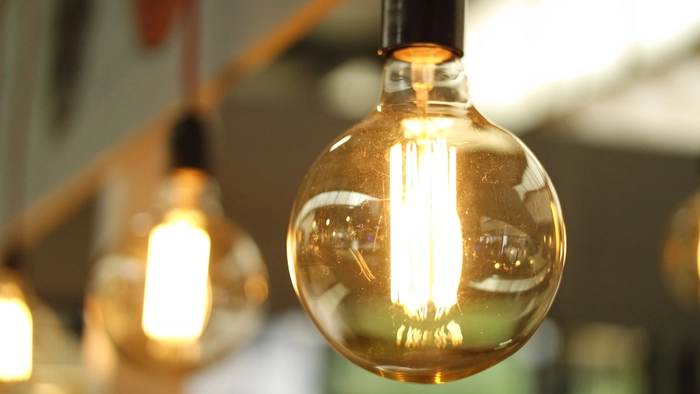
In today’s highly competitive lighting market, it’s easier than ever for knockoff manufacturers to disguise low-quality products as premium commercial lights. But when you’re investing in lighting for your business, cutting corners can cost you more in the long run — with frequent failures, poor illumination, and safety risks.
Here’s how you can spot fake premium lights and make smart, long-lasting investments.
1. Too Good to Be True Pricing
If it looks like a premium light but costs 50% less than its competitors, that’s a red flag. Genuine premium lighting comes with quality materials, certified components, and warranties — all of which cost more to produce.
Tip: Compare prices across reputable brands. Extremely low prices often indicate low-quality LEDs or fake brand labeling.
2. Poor Build Quality
Real premium lights are engineered for performance and durability. Fake products often cut corners with:
-
Thin or weak aluminum housings
-
Loose wiring or unstable LED modules
-
Weak lens covers or diffusers that easily scratch or discolor
Tip: Check the weight and material finish. Premium lights feel solid, not plastic-like or fragile.
3. Suspicious LED Chips
Premium lights use branded LED chips (like Osram, Cree, Nichia, etc.). Fakes may use unbranded or counterfeit chips that:
-
Produce uneven lighting
-
Burn out quickly
-
Don’t match the color temperature promised
Tip: Ask for the LED chip brand and model. Reputable sellers proudly list this information.
4. Lack of Certifications
Genuine premium lights come with:
-
ISO, CE, RoHS, BIS, or UL certifications
-
Test reports for lumen output, power factor, and surge protection
Tip: Request datasheets or lab test reports. If the seller avoids the topic, move on.
5. Fake or Misleading Specs
Some brands list exaggerated specs like:
-
150W light claiming 25,000 lumens
-
100,000-hour lifespan without backup
-
IP65 rating on products with open housing
Tip: Look for IES files and TM21 or LM80 reports. These validate actual performance.
6. No Warranty or Return Policy
Premium products are backed by solid warranties — often 2 to 5 years. Fake lights usually have:
-
No warranty at all
-
Only 7-day return windows
-
No service or support teams
Tip: Buy only from sellers who provide written warranties and after-sales support.
7. Logo & Packaging Inconsistencies
Fake products may mimic real ones but:
-
Have slightly different logos or spelling
-
Use cheap, generic packaging
-
Lack brand story, instructions, or contact info
Tip: Visit the brand’s official website and verify product listings.
Final Thoughts: Buy Smart, Not Cheap
When it comes to commercial lighting, what you see isn’t always what you get. Spotting fake premium lights isn’t just about quality — it’s about protecting your business from costly replacements and poor performance.
🛍 Looking for authentic premium lighting? Visit our store and shop trusted, high-performance brands today.

